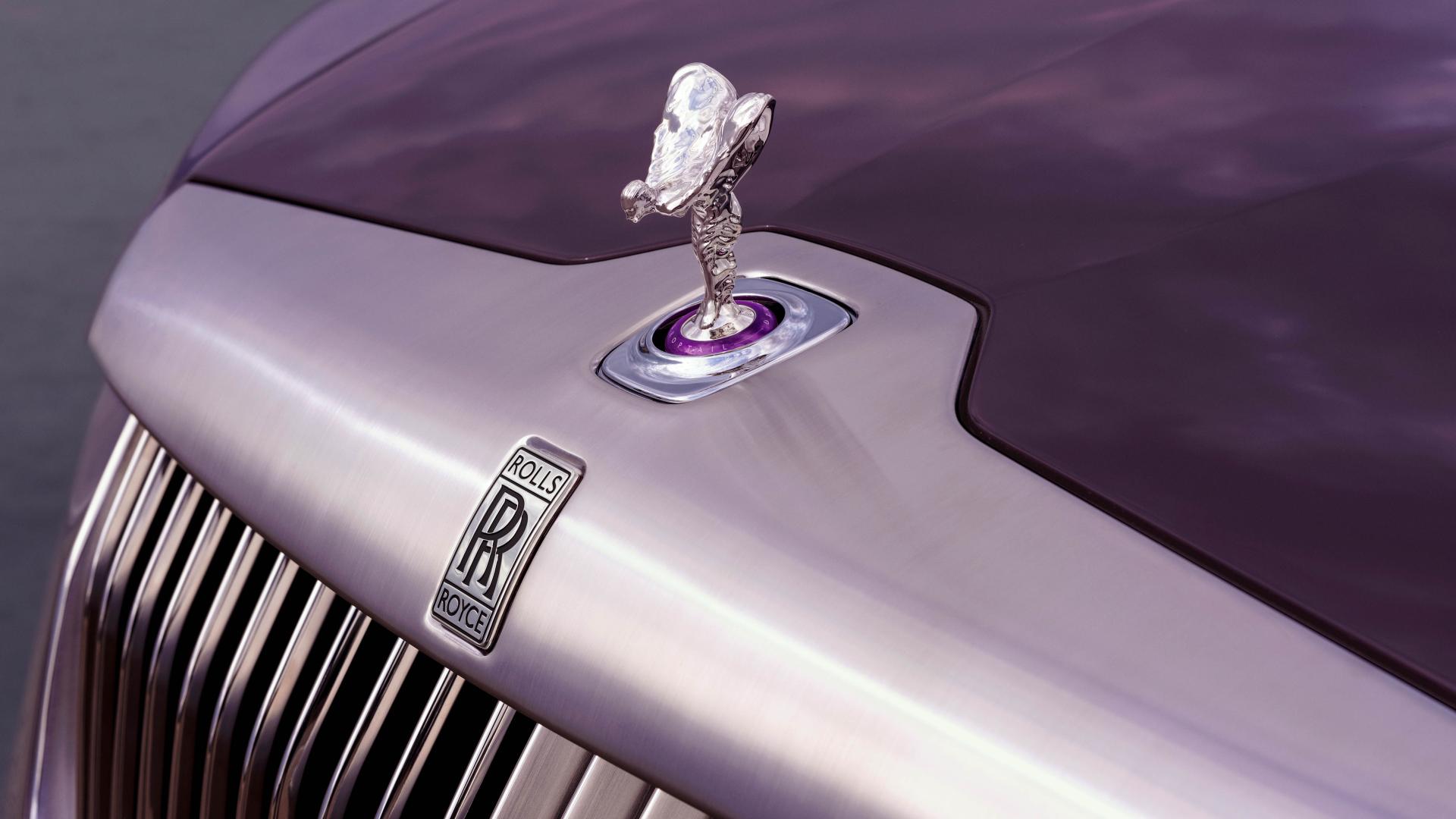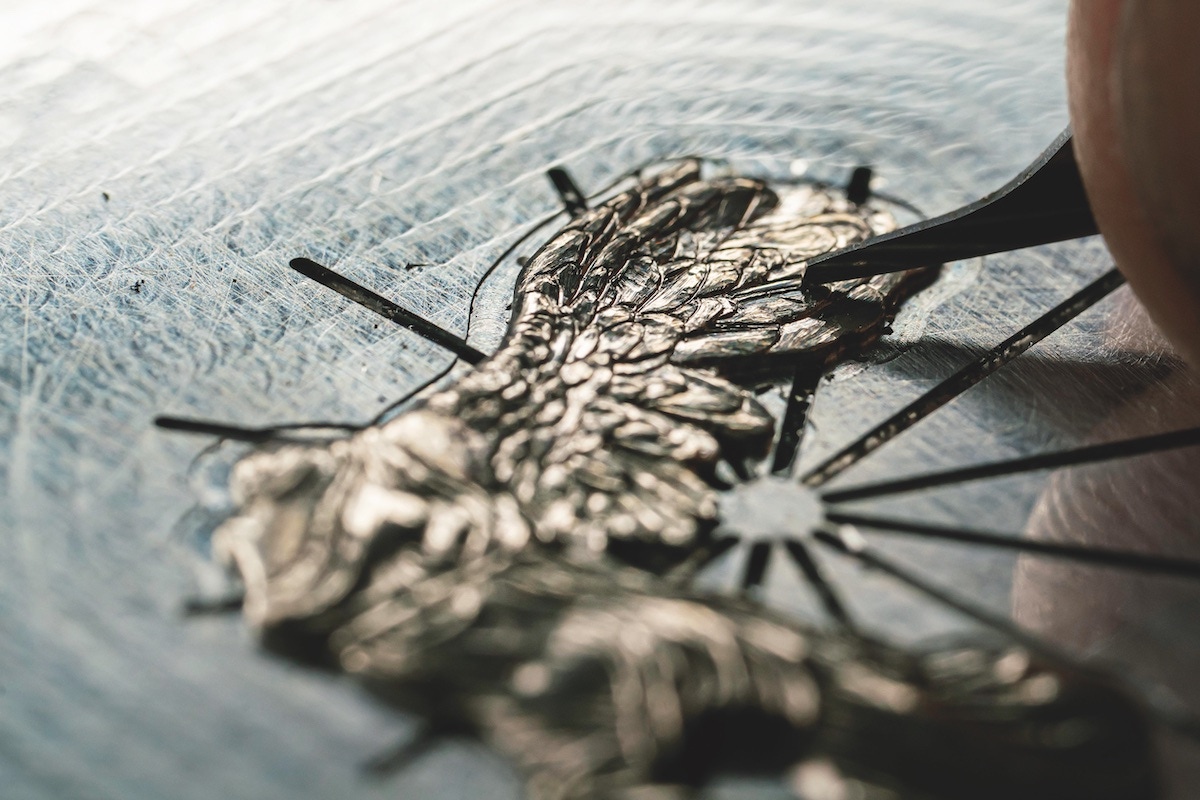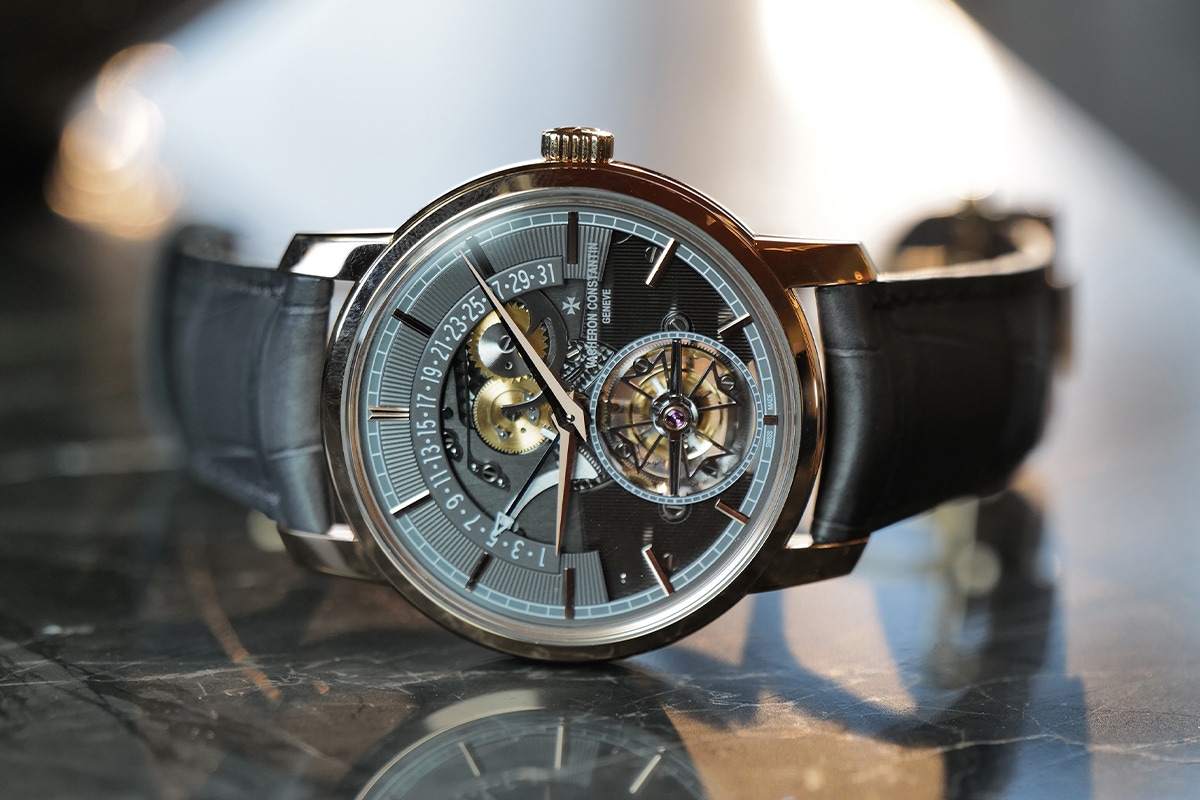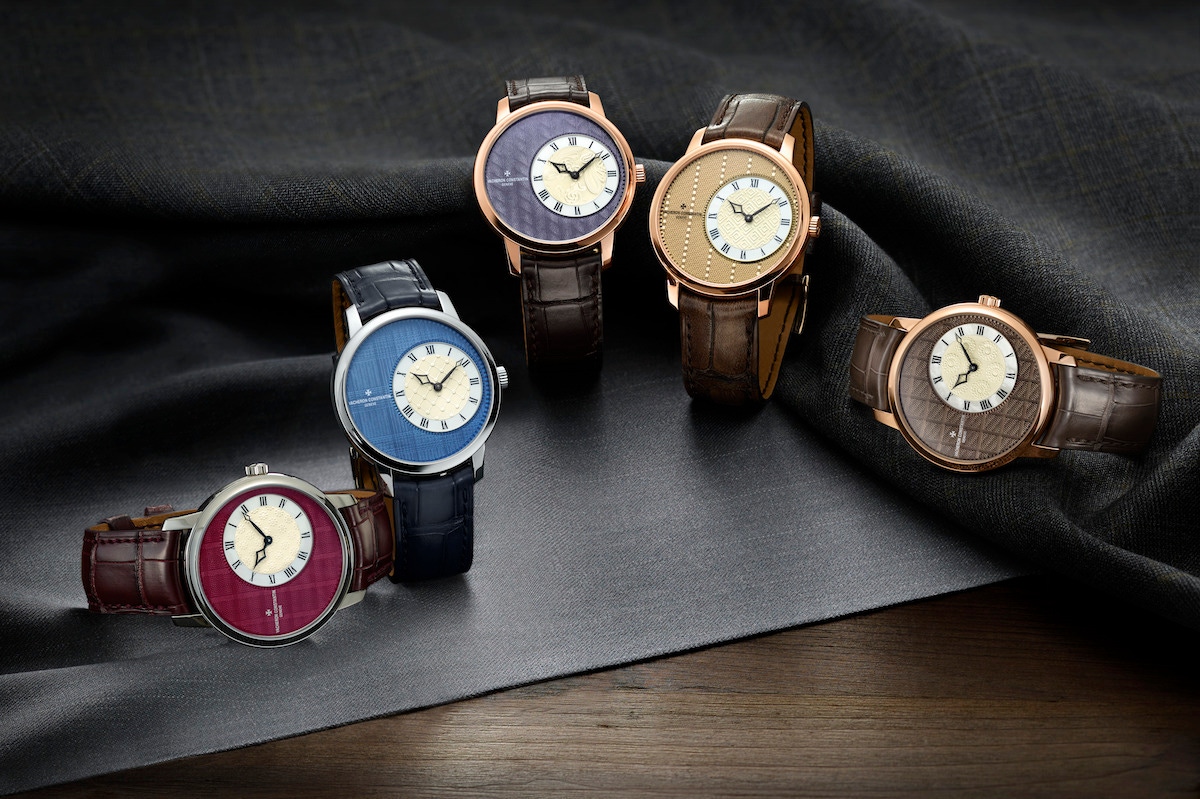No presence like the time: Vacheron Constantin and Rolls-Royce
This special commission enabled Vacheron Constantin’s Les Cabinotiers department and Rolls-Royce Coachbuild to restore an increasingly desecrated word — ‘bespoke’ — to its former glory.

For readers of this periodical, the increasing ubiquity, and hence the dilution — actually, let’s make that flagrant abuse — of the word ‘bespoke’ is a lamentable blight to what is arguably the most expressive, most nuanced language on the planet. Originating, of course, in the tailoring realm (when a client chose a piece of cloth, it was said to have ‘been spoken for’), the word, in its pure form, refers to a commodity created from start to finish in accordance with a person’s or group’s specific requirements and purposes. Its morphing into a purse-string-loosening preface for anything from burgers to haircuts via goat’s milk Pecorino is an act of linguistic vandalism for which the marketing sector is bang to rights.
So a deafening round of applause, please, for a worthy triumvirate — an unidentified collector of highly desirable cars and timepieces, the wily creatives at Rolls-Royce Coachbuild (itself a bastion of the meaning of ‘bespoke’), and Vacheron Constantin’s Les Cabinotiers department — that has reclaimed the word in all its edifying sanctity by creating a stunning timepiece to be the focal point of the client-in-question’s Rolls-Royce Amethyst Droptail.


A microcosm of the sublime mechanical engineering found under the bonnets of the vehicles created at Rolls-Royce’s HQ in Goodwood, West Sussex, the piece is named Les Cabinotiers Armillary Tourbillon. The crucial driving apparatus within its 43.8mm case is calibre 1990, a hand-wound in-house movement that shares strands of DNA with Reference 57260, a pocket-watch presented in 2015 whose 57 complications (including Gregorian, Judaic and lunar calendars) make it, according to the manufacture, the most complicated mechanical pocket-watch in history.
The first thing that will grab the attention of scholars well versed in the whys and wherefores of a certain physics-conquering gravitational regulator invented by Abraham-Louis Breguet circa 1795 is found around what would be the six o’clock marker on a conventional dial. Here resides a bi-axial tourbillon, prefixed by the word ‘armillary’ in the watch’s name as a doff of the cap to the interlocking longitudinal and latitudinal rings making up a spherical planetary sphere, created for astronomical reference by the 18th century French watchmaker Antide Janvier.
While the jury is out on how big a role the tourbillon should play in the modern- day wristwatch, there’s a certain poetry in a complication invented to regulate the behaviour of a movement in watches worn vertically becoming part of a set displayed upright on a car dashboard: poetry, in fact, with a touch of horological theatre, acted out for the beholder’s delectation by the rotating cages of the tourbillon itself.
The architecture of the tourbillon carriages — which rotate every 15 seconds, forming the Maltese cross motif that is the Vacheron Constantin emblem — is just one of four patents that were filed to create calibre 1990. The others relate to the instantaneous retrograde system that synchronises the jump of the two hands at midnight or noon; the escapement collet made of the same material as the organ it regulates, titanium, which secures the inner end of the balance spring; and the wear-resistant diamond-coated silicon pallet lever. The presence of a cylindrical balance spring, invented by Jacques-Frédéric Houriet in 1814, and the perfectly concentric beat it affords the tourbillon is another component that will have tongues wagging among horological intelligentsia.
But there’s more to this project than marvels of horological micro-engineering found within the case. The task, from the outset, was to create a timepiece that would blend seamlessly — in terms of shape, materials and colours — into the motor car’s lavish interior, complementing its carefully appointed aesthetic codes. As such, the sapphire dial provides a fitting backdrop to calibre 1990, the mainplate with mauve NAC galvanic coating matching the hue of the Rolls-Royce Amethyst Droptail’s leather seats (the case in which the piece resides, when removed from the dash, also shares wood and mauve leather with the car’s interior). Meanwhile, the piece’s bi-retrograde display and sweep hands, included because the client was receptive to Rolls-Royce’s advice, offer echoes of traditional motor-car speedometers. Elsewhere, hand- bevelled bridges, adorned with a Côtes de Genève pattern, add further aesthetic flourish.
“Above all, it was a question of adapting calibre 1990 to the customer’s requirements and the technical particularities of a dashboard watch,” says Christian Selmoni, the Director of Style and Heritage at Vacheron Constantin, when asked to elaborate on the plethora of challenges involved in the task. “Developing a dedicated secure and removable holder with finishes worthy of high watchmaking meant polishing with PVD treatment and hand-guilloché. The case had to be adapted to fit into a spot the same size as the vehicle’s control rack. The location and size of the crown — at 12 o’clock instead of the usual three o’clock — have also been modified. The holder had to be technical (so that the watch could be rotated 180°, so owners can admire the finishing on the caseback); safe (in the event of impact); and aesthetically pleasing (as in, fitting in perfectly with the vehicle’s aesthetic codes while preserving the Vacheron Constantin identity/DNA). This is precisely what makes this type of special order so interesting. It forces us to be imaginative and to step out of our comfort zone.”
The project, for now, is a unique one, but it may not be, Selmoni hints, for long: the Cabinotiers department aims to revive the special spirit of Geneva’s 18th-century cabinotiers by perpetuating the tradition of bespoke watchmaking, he says: “Each year, this department unveils an exclusive collection of single-edition creations. These are either created by Vacheron Constantin itself — for example, on a specific theme, as was the case in recent years with Le Temps Céleste or Les Royaumes Aquatiques — or made to order for clients. The latter kind of timepieces rarely become public knowledge, for obvious reasons concerning discretion. This is why we’re delighted to be able to communicate about this Les Cabinotiers Armillary Tourbillon timepiece, designed exclusively for the patron of the Rolls-Royce Amethyst Droptail commission. As to whether this model will be followed by others of the same type, it is obviously impossible to predict future requests from lovers of personalised watchmaking. We can, however, safely state that we will be delighted to respond to any such commissions.”
Read the full story in Issue 90, available now.












